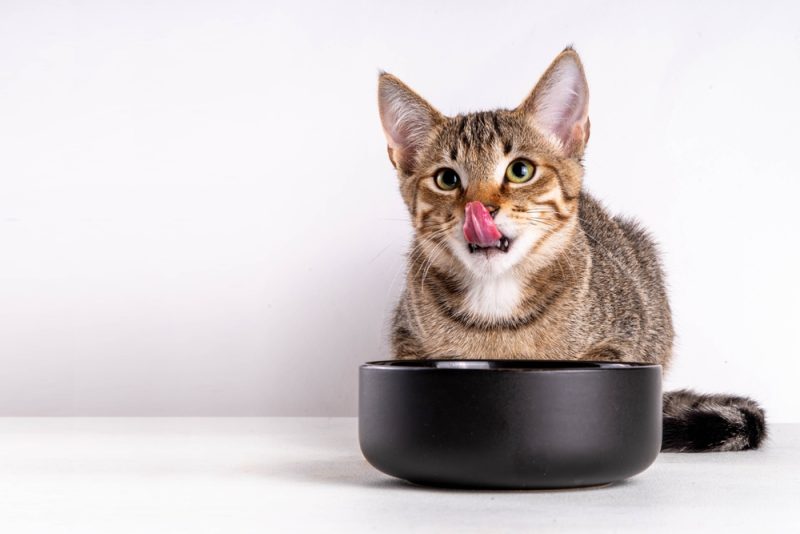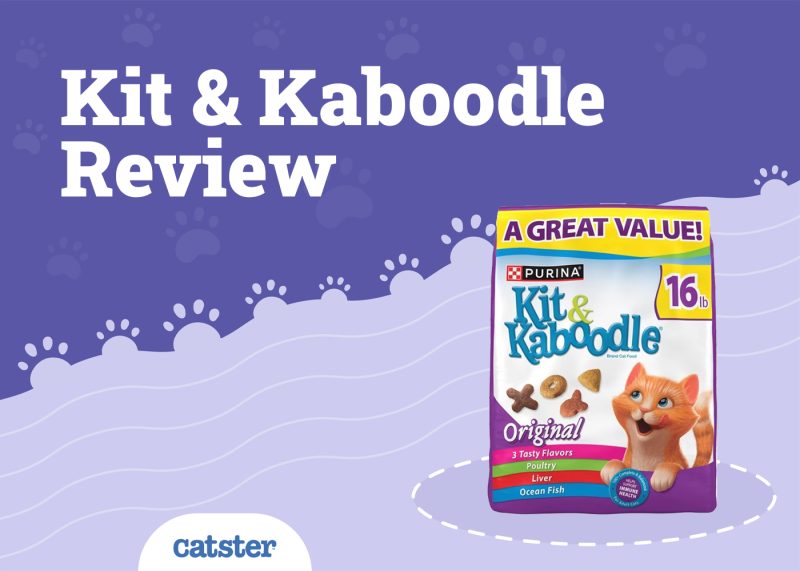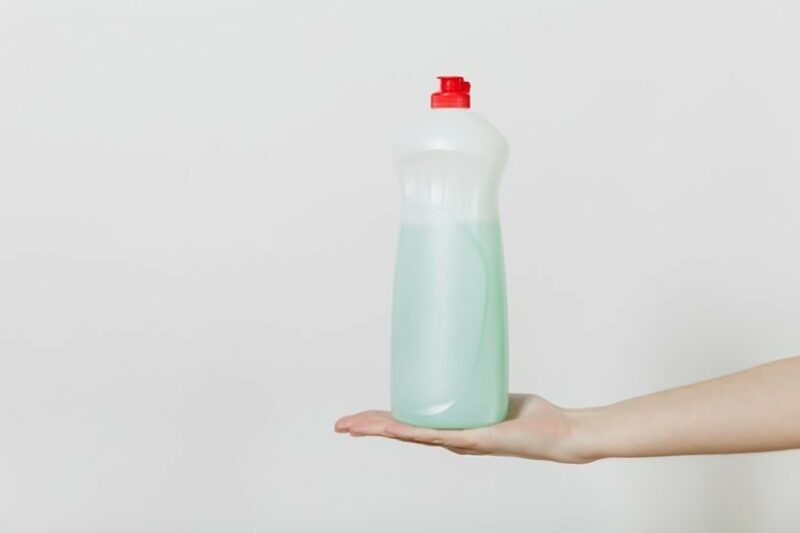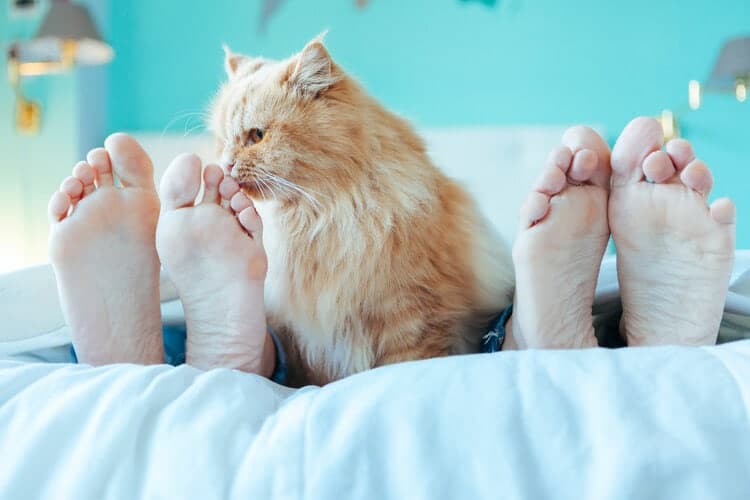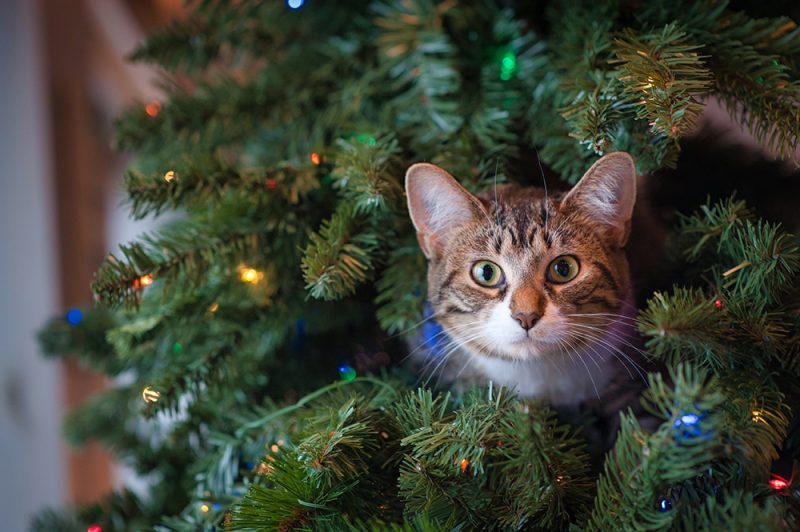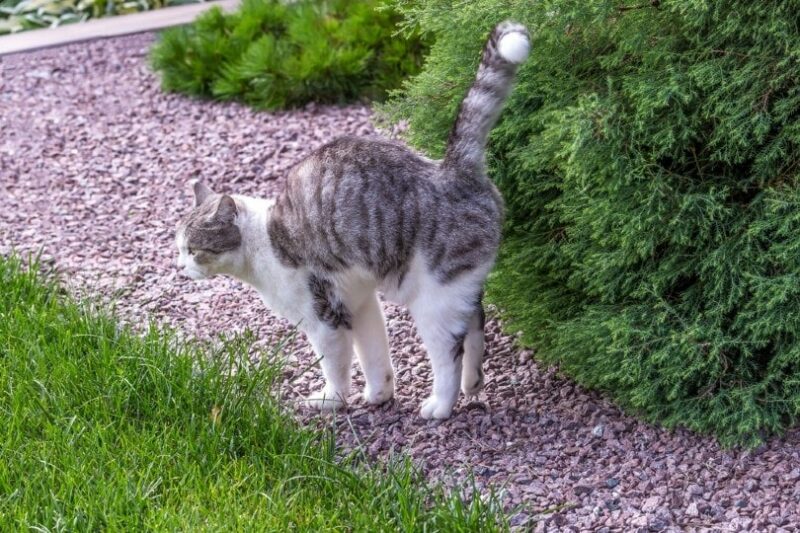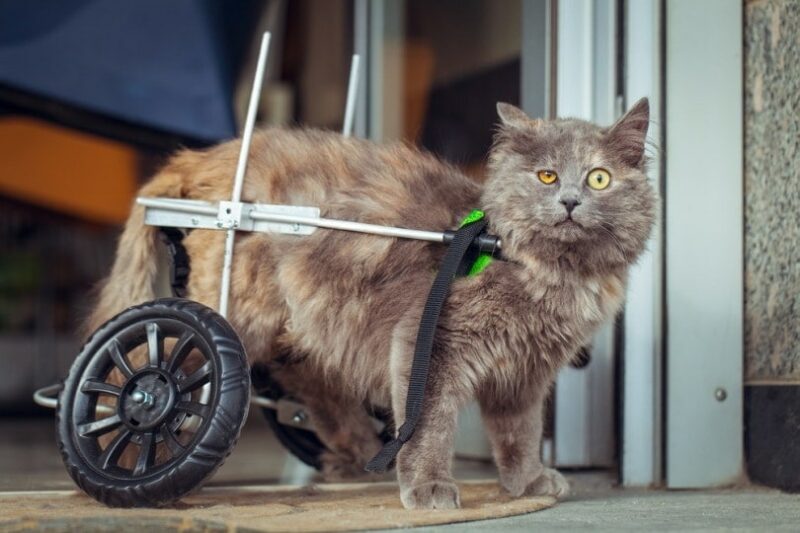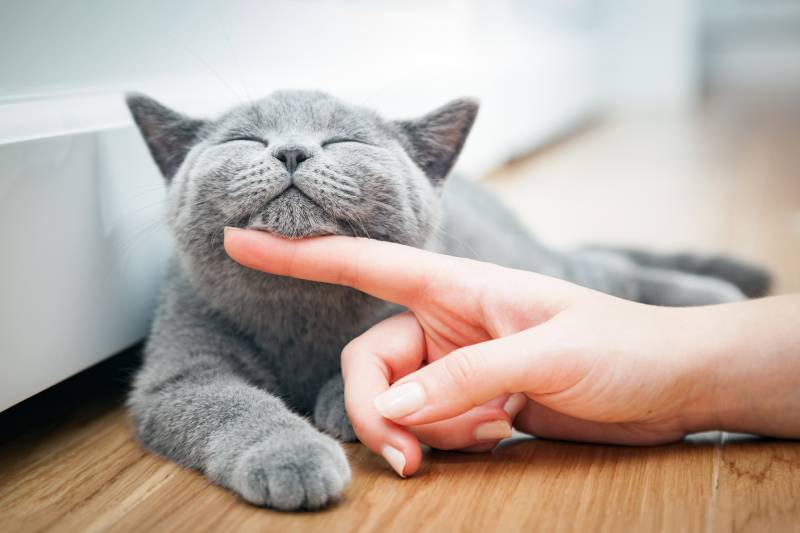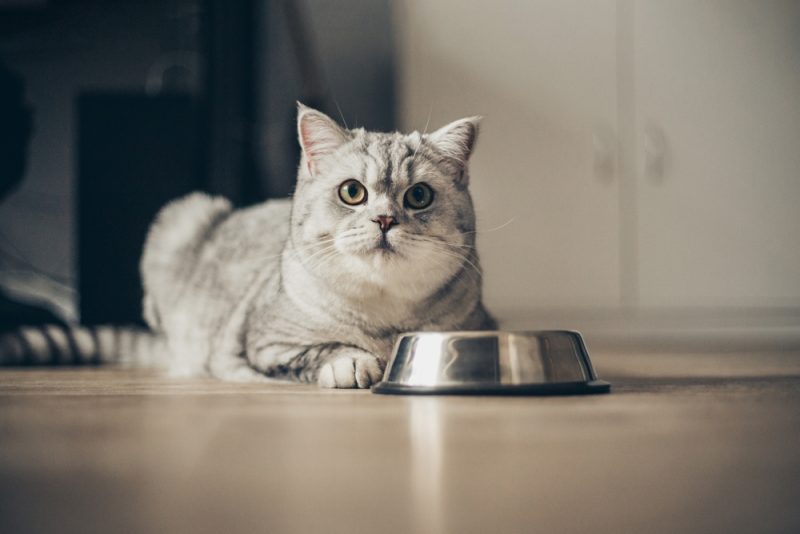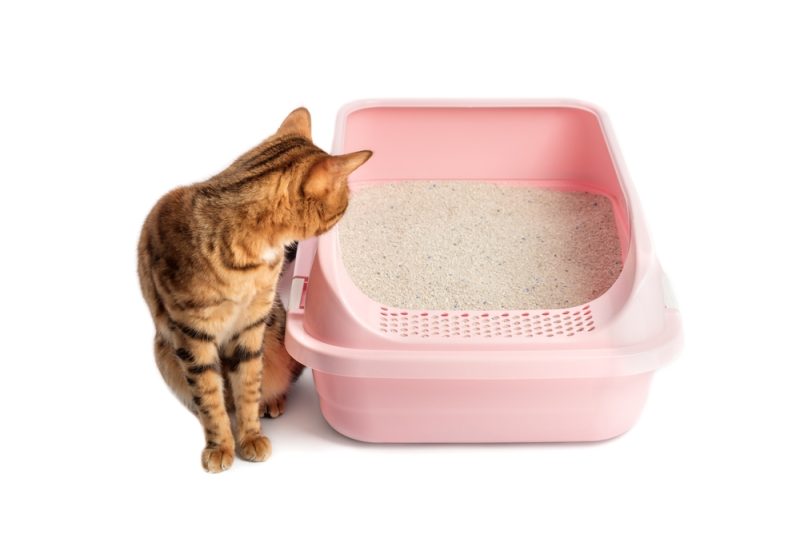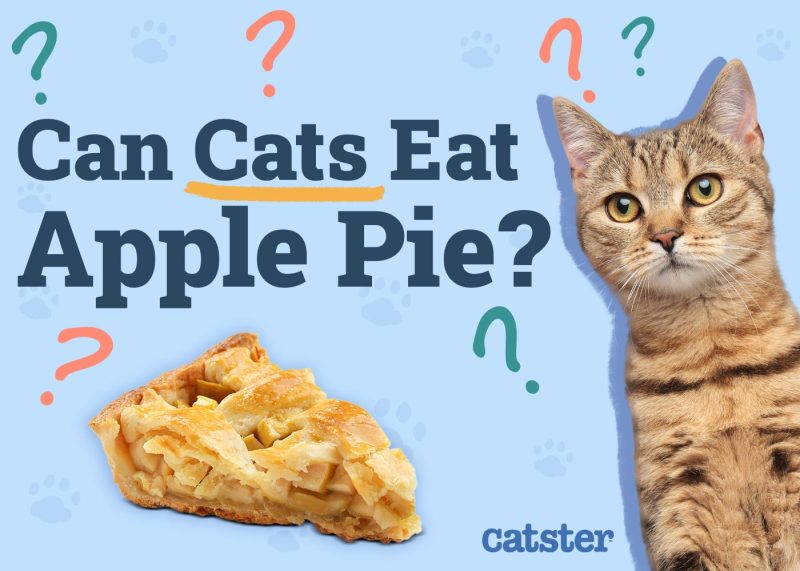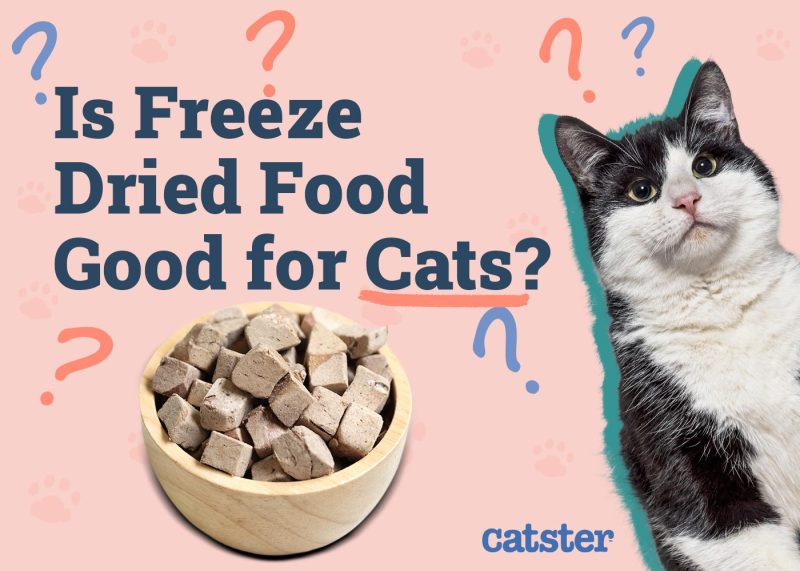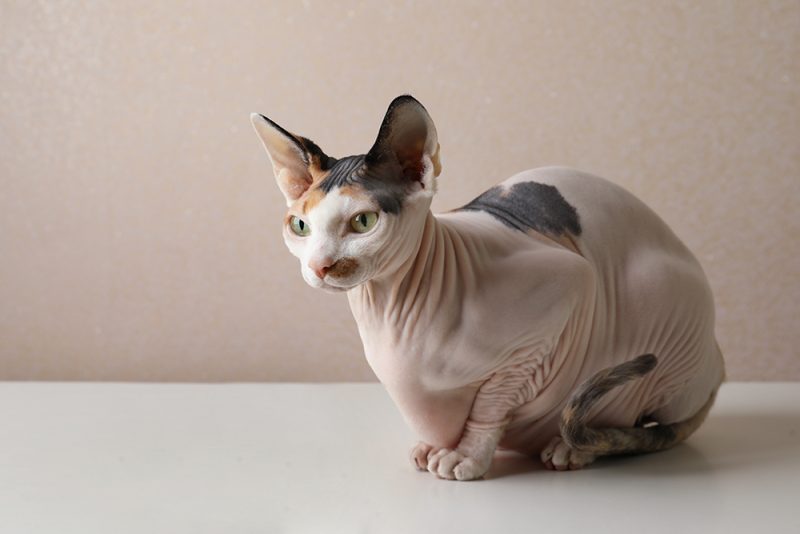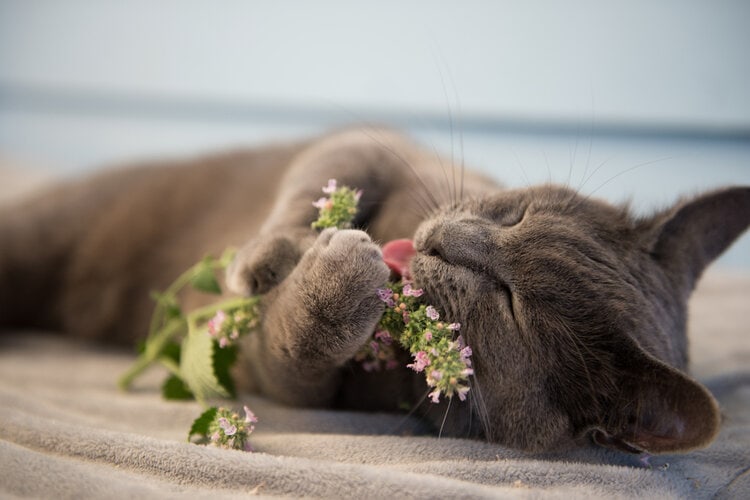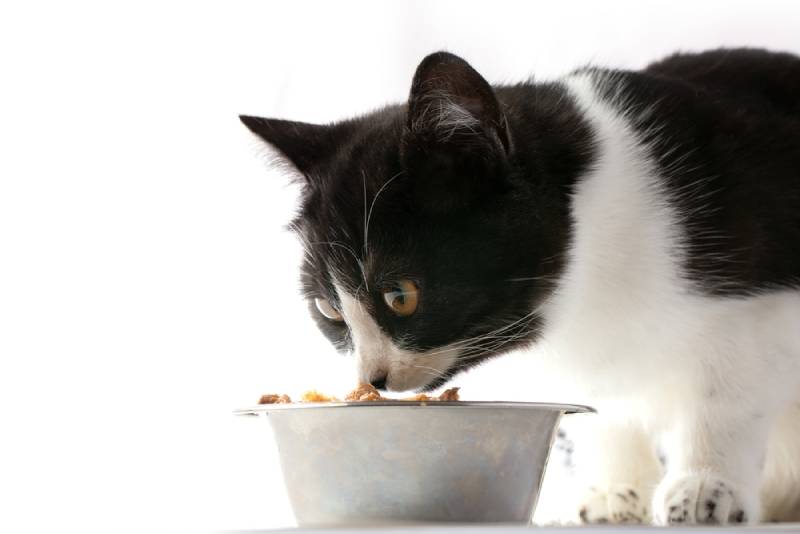Cats and humans have shared a mutually beneficial relationship for roughly 12,000 years. People developed agriculture, which attracted pests, and felines happily acted as pest control. The cat’s role in human society and their subsequent adaptation and domestication provide vital clues for choosing the best food for your pet feline.

The 10 Tips for Choosing a Cat Food
1. Consider Your Pet’s Life Stage
The Association of American Feed Control Officials (AAFCO) is the brains behind the FDA regulation of pet food. One of the requirements for manufacturers is the animal’s life stage. That’s where we must begin. All products aren’t created the same. The nutritional needs of kittens differ from those of adults. For example, the former must get higher amounts of protein and certain vitamins and minerals to support growth.
- Tip: Look for the phrase “Complete and balanced” to ensure proper nutrition for your pet.
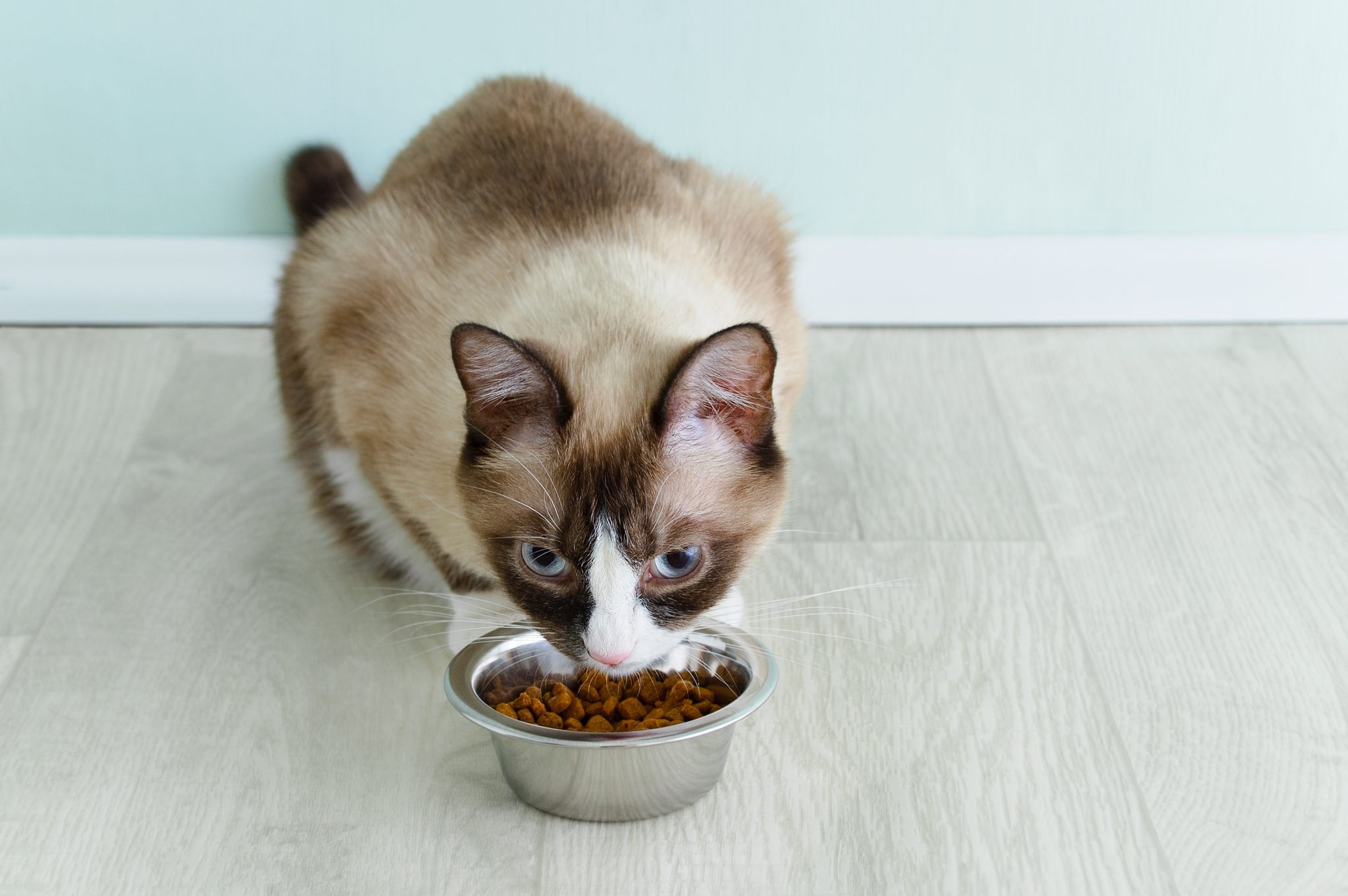
2. Factor in Your Cat’s Ideal Weight
The 73 breeds recognized by The International Cat Association vary in weight, from the petite Singapura to the massive Maine Coon. Just like all foods aren’t the same, neither are all pets. We suggest requesting to see the parents, if possible, when you purchase your pet to get an idea about the adult size of your cat. Make sure to transition to adult food to avoid overfeeding your pet.
- Tip: Consult with a vet to determine the ideal weight of your kitty.
3. Don’t Forget Your Kitty’s Activity Level and Lifestyle
Cats vary in their activity level, and many adjust their schedules to fit the household. Active felines like Abyssinian may need more food than a lap cat like the Ragdoll. Nevertheless, play is essential for bonding with your kitty and providing vital enrichment. Even just an hour of daily exercise can profoundly impact your cat’s health.
- Tip: Interactive games and playtime will increase your pet’s activity for better mental and physical health.
Feeding your cat a high-quality diet is important for keeping them healthy and happy. But it goes beyond the food you choose; the dishes they use also matter. The Hepper NomNom Cat Bowl is our favorite for its unique, five-star design that protects from whisker fatigue and promotes good posture which also aids in better digestion. As an added bonus, it’s beautifully crafted and offers a modern take on the traditional cat bowl that fits seamlessly with all home stylings. Learn more about the NomNom by clicking here. At Catster, we’ve admired Hepper for many years and decided to take a controlling ownership interest so that we could benefit from the outstanding designs of this cool cat company!
4. Consider Any Allergies
Fortunately, food allergies and intolerances are relatively rare in cats. Chicken, beef, and dairy are the most common triggers. GI issues, itchiness, and fur loss are signs of a possible allergy. However, these indications aren’t diagnostic. Discuss possible treatment options with a vet if you notice anything amiss. It could be what your pet is eating.
- Tip: Dietary elimination is the best way to deal with allergies. That includes treats made with the suspect ingredient.
5. Learn About Pet Food Labels
Manufacturers must provide nutritional information and feeding instructions on their products. It’s helpful to know what everything means so you can make an informed choice. The ingredients list starts with the ingredient it has the most of by weight and descends from that point. The label must contain a nutritional analysis, including the percentage of protein and calories per serving.
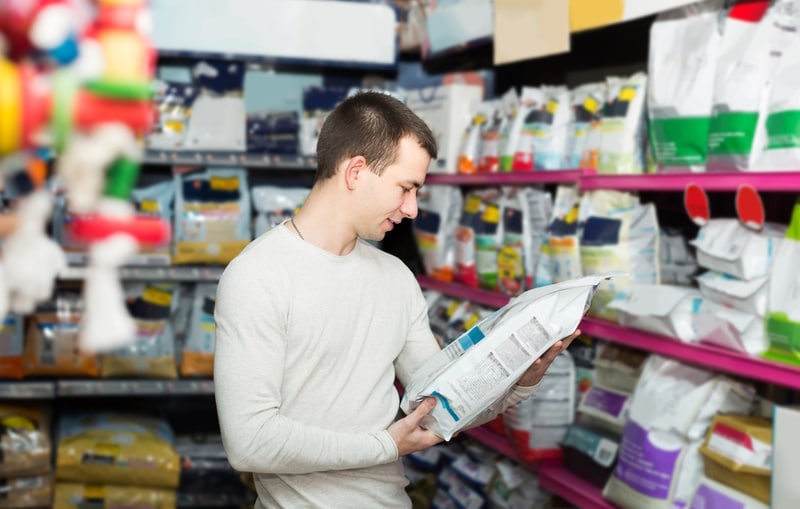
6. Research Your Options
You’ll find many choices when deciding on a cat food. Remember that advertisers are trying to sell you on a product with tasty-sounding descriptions. Vitamins and minerals are often included with their chemical names. If you’re unsure of what something is, look it up and find out for your peace of mind. Another option is to consult a veterinarian and ask them for a recommendation on the best possible food for your cat.
Need veterinary advice but can't get to the clinic? Catster recommends PangoVet, our online veterinary service. Talk to a vet online and get the answers and advice you need for your cat without having to leave your living room — all at an affordable price!

7. Dismiss Misleading Marketing Claims
The humanization of the pet industry has opened the floodgates for sketch marketing claims. For example, “human-grade” and “natural” are not currently defined by the FDA, as the labels may indicate. “Proven” is also a loaded word if not backed up with scientific evidence. We recommend sticking to the facts and dismissing the fluff.
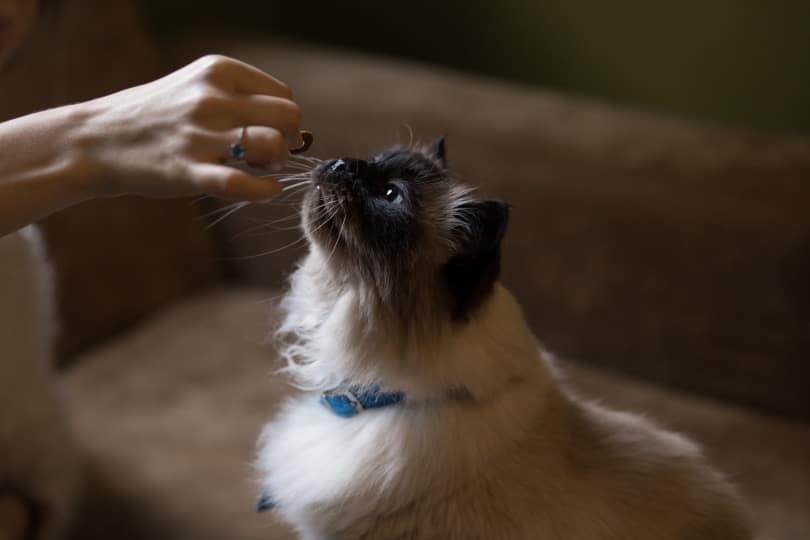
8. Think About Your Pet’s Feeding Schedule
Convenience is a selling point with some products. Pouring out a portion of kibble is easier than opening a can and dishing it out for feeding time. However, we suggest getting your cat on a schedule, which makes expectations easier for everyone involved. Some cats prefer to graze through the day rather than eating at set times, which is usually fine as long as you are measuring out their food so they do not overeat.
- Tip: Measure out your cat’s food even if you free-feed them dry food.
9. Monitor Your Cat’s Body Condition
It’s essential to monitor your cat’s body condition as part of routine care. Your kitty should have a well-defined waist when you’re looking down on them. It’s worth noting that the feeding instructions are only suggestions and not a definitive guide for how much to give your pet. Your cat’s activity level plays a significant role in what they should get.
- Tip: Do a sight check monthly to assess your pet’s weight and diet.
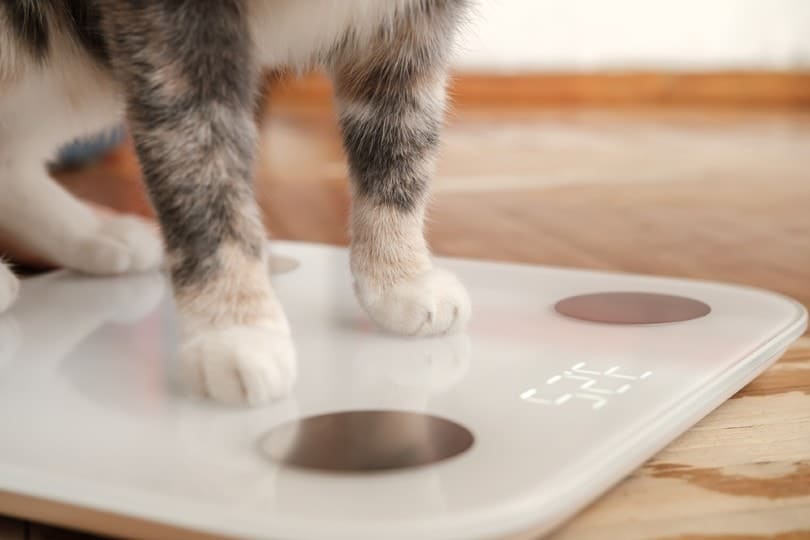
10. Reassess Your Kitty’s Needs If There Are Changes
Changes often impact a pet’s intake and energy expenditure. Illness, weight gain, weight loss, and neutering or spaying can affect how much you should feed your pet. That makes the previous step vital for your kitty’s good health. For example, some cats gain weight more easily after neutering, necessitating dietary changes.
- Tip: Beware of little things that can have significant effects, such as treats. They should only make up 10% of your cat’s caloric intake.

Final Thoughts
Choosing the right food for your cat is essential to good health. Fortunately, the AAFCO and FDA have taken significant steps toward informing pet owners. Comparison shopping is easier with label and manufacturing requirements. Nevertheless, it behooves all pet owners to research their options and treat marketing claims with skepticism. If you have any questions about the best food for your cat, your vet will be happy to help you.
See also:
- Australian Mist Cat Breed Info: Pictures, Temperament & Traits
- Chinchilla Cat: Pictures, Care, Traits & Info
Featured Image Credit: Rimma Bondarenko, Shutterstock
